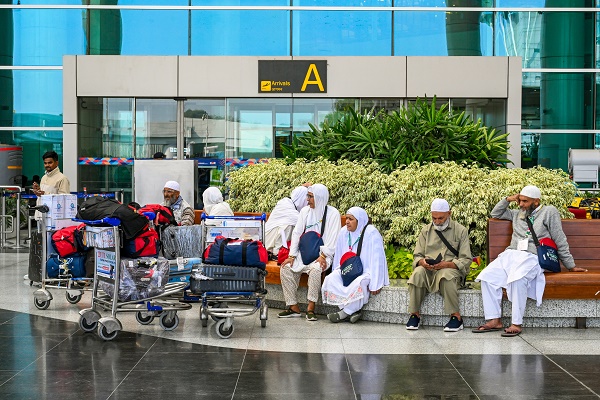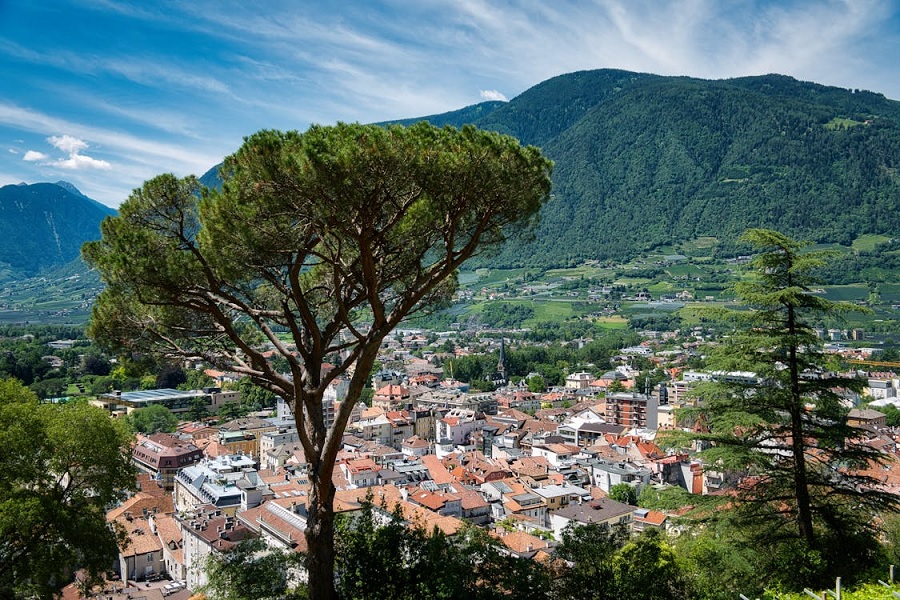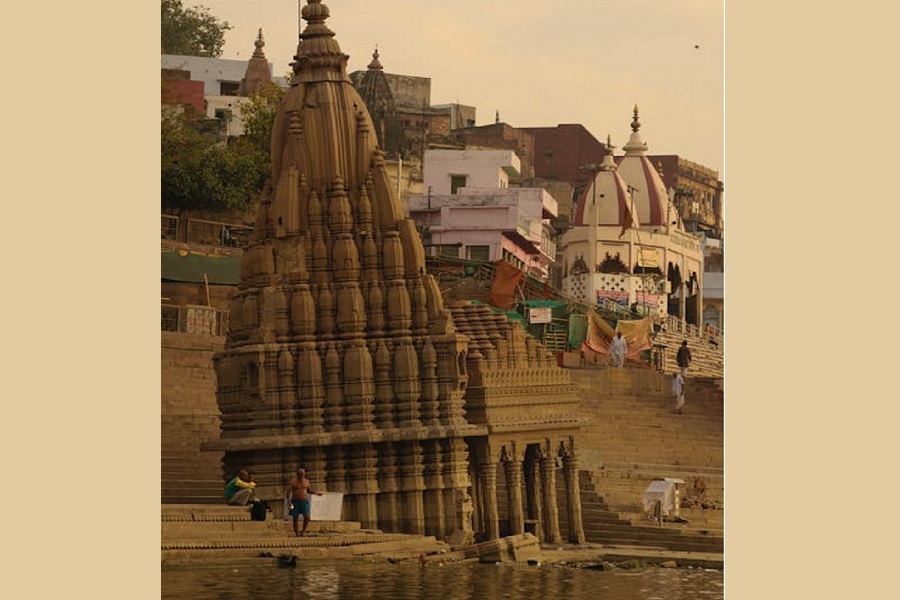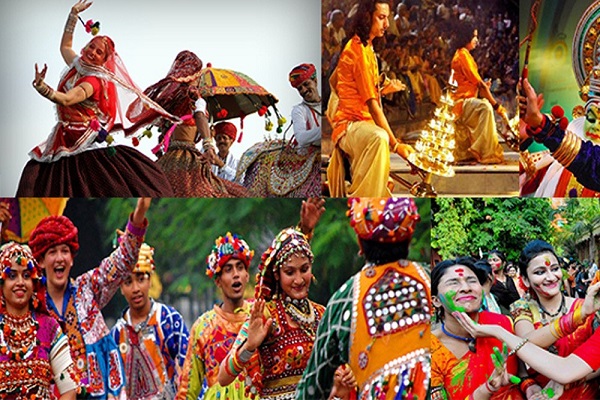Cultural Tourism: Exploring the World Through Traditions and Heritage

What is Cultural Tourism?
Cultural tourism is travel focused on experiencing the customs, heritage, arts, rituals, and history of a region. It includes:
Visiting historical landmarks and UNESCO World Heritage Sites
Participating in local festivals and traditional ceremonies
Exploring museums, art galleries, and craft workshops
Tasting local cuisine and learning native languages
Interacting with indigenous communities and storytellers
Why Cultural Tourism Matters
Promotes Cross-Cultural Understanding
It breaks down stereotypes and nurtures respect for differences.
Preserves Heritage
Revenue from cultural tourism helps maintain historical monuments, folk arts, and endangered traditions.
Boosts Local Economies
Artisans, performers, guides, and local businesses benefit directly from mindful tourism.
Enriches the Traveler
Cultural travel offers meaningful, educational experiences that go beyond sightseeing.
Top Cultural Tourism Destinations
???????? India
Varanasi – Spiritual rituals, ghats, and classical music.
Rajasthan – Forts, folk dances, handicrafts, and royal heritage.
Khajuraho – Temples with intricate sculptures and ancient art.
Kolkata – Colonial history, literary legacy, Durga Puja celebration.
Global Highlights
Kyoto, Japan – Zen gardens, tea ceremonies, and geisha culture.
Cairo, Egypt – Pyramids, ancient tombs, and Islamic architecture.
Paris, France – Art museums, fashion, and café culture.
Cusco, Peru – Incan heritage and the gateway to Machu Picchu.
Responsible Cultural Tourism Tips
Be respectful of local customs and dress codes.
Always ask before taking photos of people or religious events.
Support locally-owned businesses and authentic artisans.
Learn a few basic phrases in the local language—it shows appreciation.
Travel with curiosity and an open mind, not judgment.
























